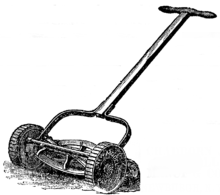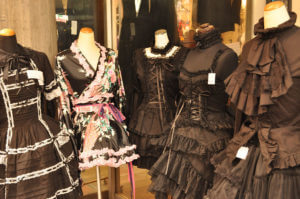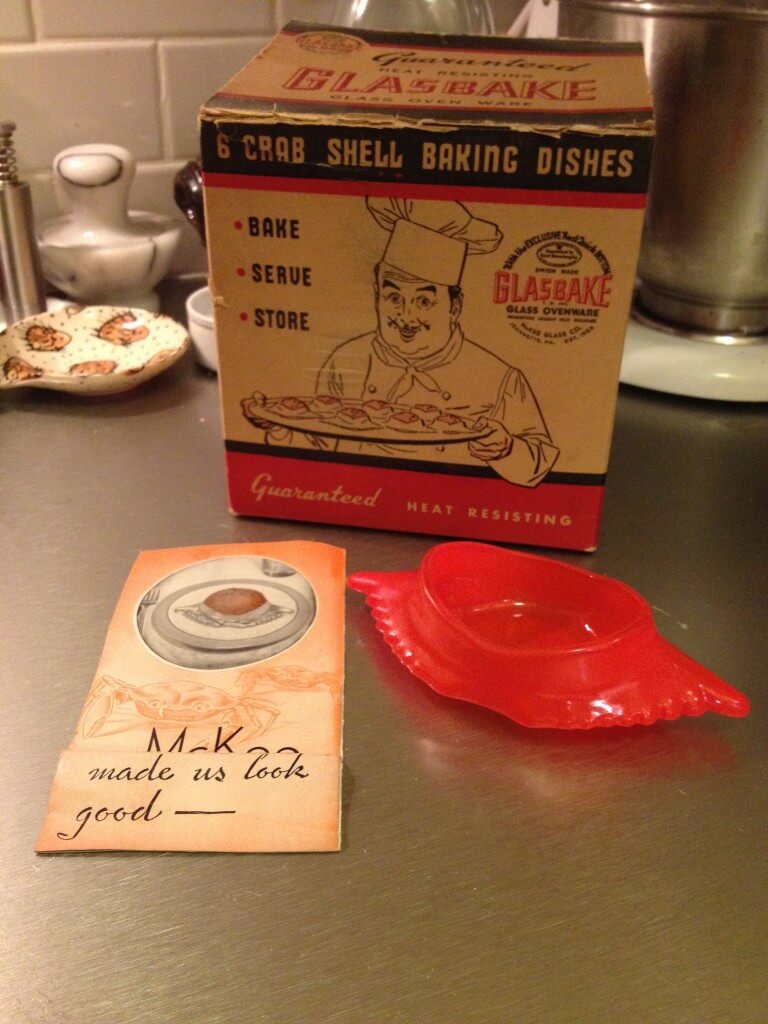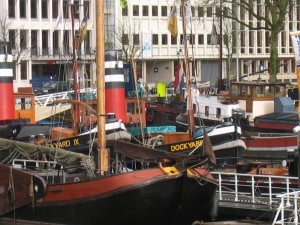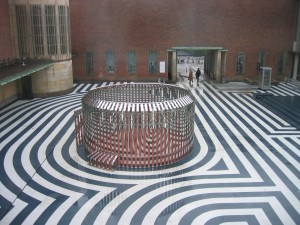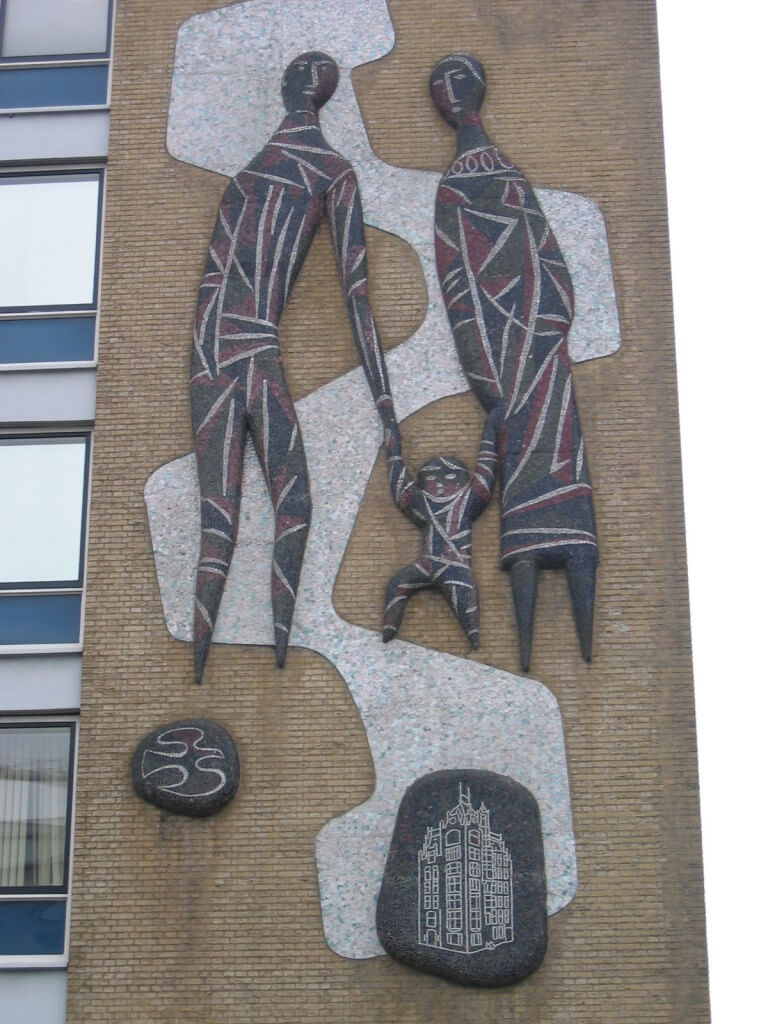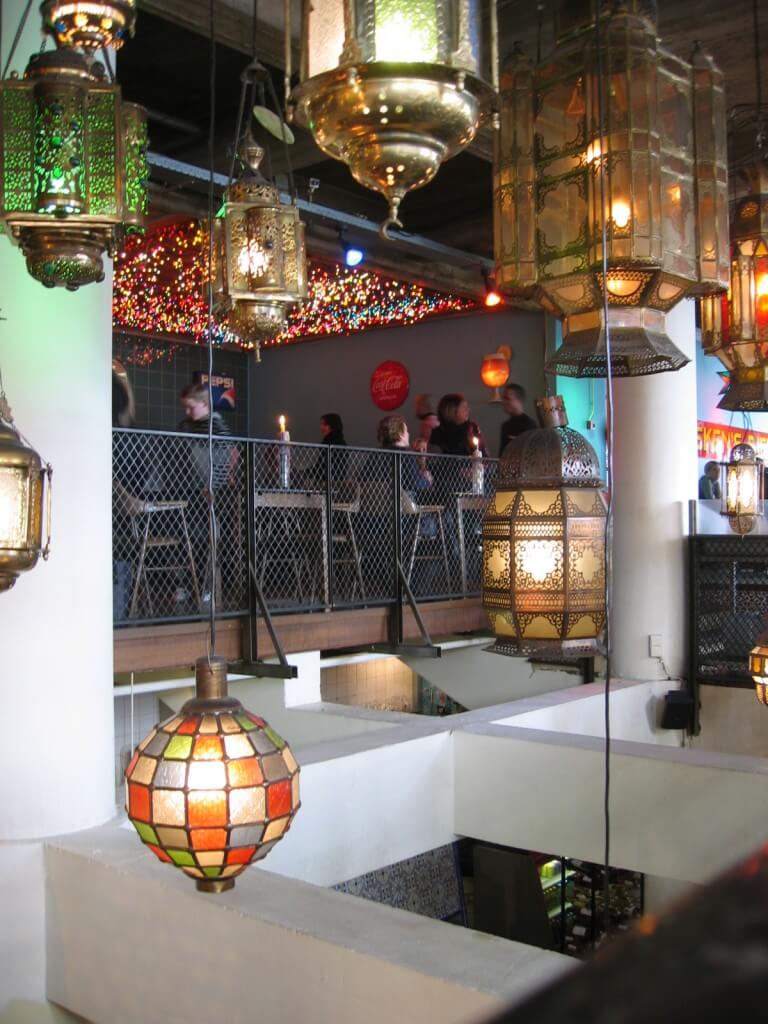Last Tuesday, I was somewhere in eastern Ohio. I had access to a car, and nothing to do for eight hours. You got it – it was Lincoln Highway time.
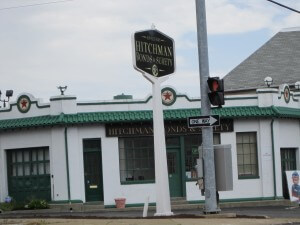
An early restored Texaco Station, now housing a Bail Bonds establishment. RL Fifield, 2012.
When I last traveled this portion of the Lincoln in 2005, the road wasn’t as well marked as it is today. I was travelling east bound on the northern 1913 route. (as a side note, gas was .99 the last time I did the LH, Tuesday it was 3.52) Today, I turned differently, and travelled west from Massillon, Dalton, and Wooster through Reedsville, Jeromesville, Haysville, and Mifflin to Crestfield, just past Mansfield. When the Lincoln Highway Association was in operation during the teens and twenties, many realignments of the road occurred as towns bickered and fought for the Lincoln Highway to pass through their town, bringing commerce. The southern route alternates farm fields with dairy bars, industry with town parks, interlaced with abandoned alignments and railroad tracks.
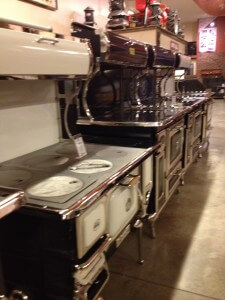
Stoves for sale at Lehmans, Kidron, OH.
I stopped off in Kidron, Ohio to visit Lehman’s, vendor of country goods and distributor of off-the-grid appliances to the Amish. One huge room offered a stunning selection of oil lamps and shades. Another offered Victorian era-informed wood cooking stoves that the general population probably stopped using by 1930. Huge fermentation crocks for making sauerkraut sat in one section of their huge kitchen and dishware section – they looked just like my great-grandmother’s. Their offering of small brand sodas from around the country was stunning: everything from Abita Root Beer to Sweet Corn Soda. I really enjoyed stopping here, and wish I could have put their offerings to more extensive use. Alas, there isn’t much space in a Manhattan apartment for gardening, storing the fruits of canning, and fermenting cabbage. Still, I salute you.

Photo: Vermillion Institute
One place I wished I stopped is the Vermillion Institute in Haysville. Opened in 1846, the Institute offered some of the first higher education opportunities in the area, serving both men and women. Recently purchased by Steve McQuillan, the Vermillion Institute is being restored and will offer historic preservation studies.
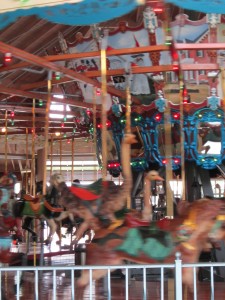
Carousel in Mansfield, OH. RL Fifield 2012.
Really, small town Ohio is what I did with my day off? I find it fascinating. I saw everything from a woman in her 40s gardening in her nightie at 2pm, a horrific hailstorm outside of Dalton (I sheltered under a canopy at a “Dutch” restaurant), an atheist billboard in Mansfield, to a man ambling into an Adult Video store in the middle of nowhere (I shouted “enjoy!”). Argue against conservative politicians and Fox-watching automatons that whitewash the middle of the country into a homogeneous pap. No matter where you travel in this country, we are all very different.
Two days later I was driving on the interstate for ten hours, and I couldn’t have been more bored.

Train in Crestline, OH. RL Fifield 2012.
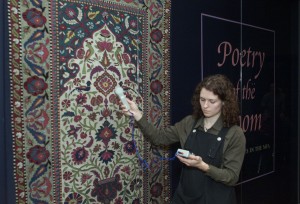 I’m a museum collections manager. This means I handle project management and long-term preservation for the collections I oversee. While our visitors enjoy the galleries, much of my job takes place behind my computer, in our department’s storerooms, and in the hallways throughout our museum. I probably spend about 1/8 of my time in the galleries, and much of that time is checking that all is in place prior to the arrival of visitors each morning. I check to see that the labels are straight, that the climate is within acceptable range, and so forth.
I’m a museum collections manager. This means I handle project management and long-term preservation for the collections I oversee. While our visitors enjoy the galleries, much of my job takes place behind my computer, in our department’s storerooms, and in the hallways throughout our museum. I probably spend about 1/8 of my time in the galleries, and much of that time is checking that all is in place prior to the arrival of visitors each morning. I check to see that the labels are straight, that the climate is within acceptable range, and so forth.
